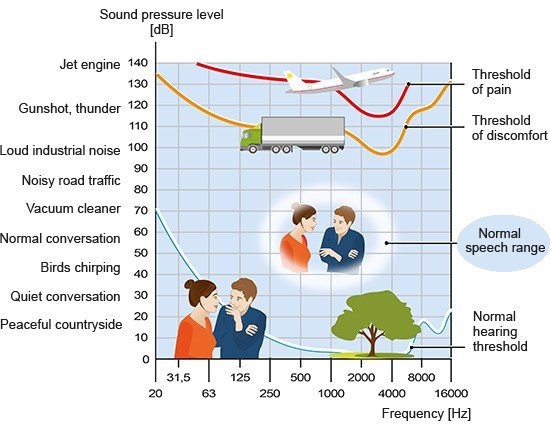Can noise damage your hearing?

When we hear extremely loud noises, we usually notice straight away that we need to protect our ears. But sometimes we choose to expose our ears to loud noises, like when listening to music or doing DIY. It is sometimes difficult to avoid noise in certain workplaces. Whether at home or at work, noise can damage our hearing if we don't protect our ears.
Our hearing has developed to be able to recognize and hear spoken words particularly well. But we are less able (or sometimes even unable) to hear sound waves that aren't important for communication or our general survival.
Most people find very loud noises unpleasant. Extremely loud noises, like an explosion, can be painful and damage your hearing. But your hearing can also be damaged if you're often exposed to loud but tolerable volumes in everyday life.

